12+ SAMPLE Retail Marketing Plan for Profit
-
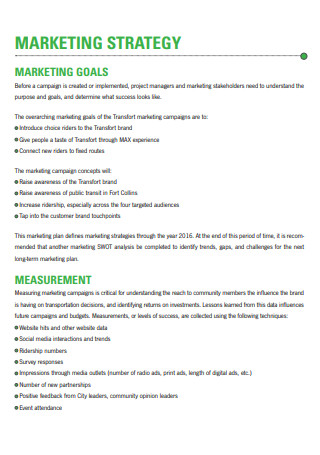
Retail Marketing Plan
download now -
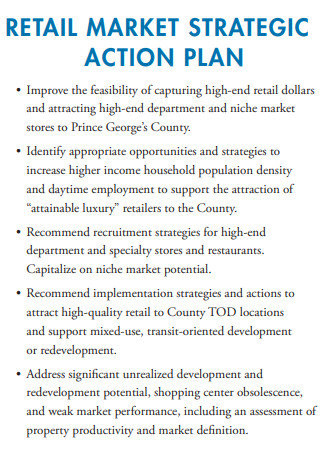
Retail Marketing Strategic Action Plan
download now -
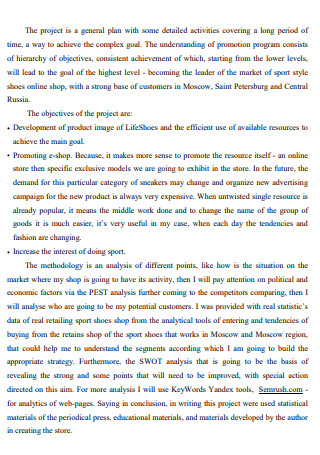
Printable Retail Marketing Plan
download now -
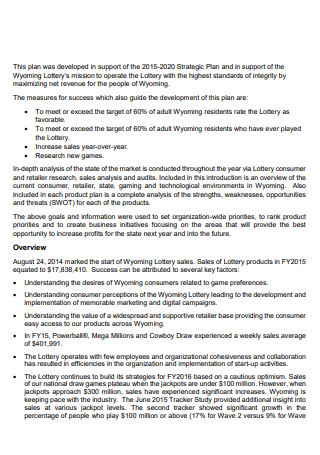
Retail Marketing And Sales Plan
download now -
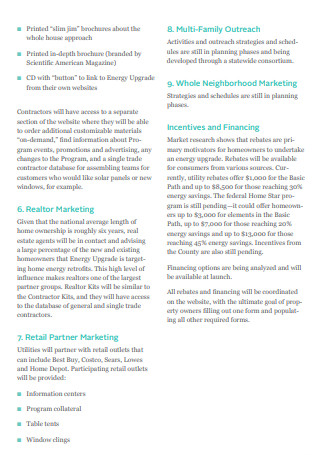
Retail Marketing And Communication Plan
download now -

Retail International Marketing Plan
download now -
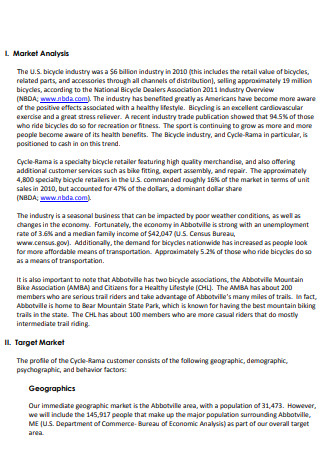
Professional Retail Marketing Plan
download now -
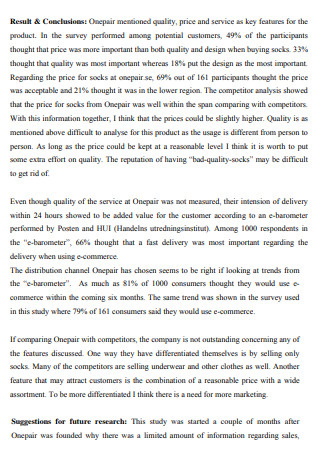
Retail e-commerce Marketing Plan
download now -
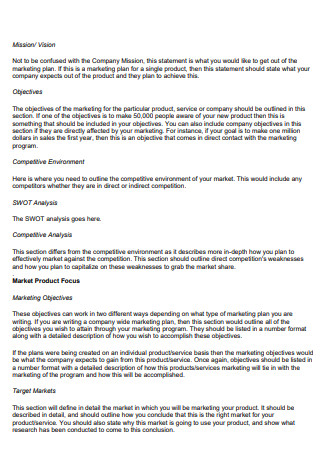
Retail Product Marketing Plan
download now -
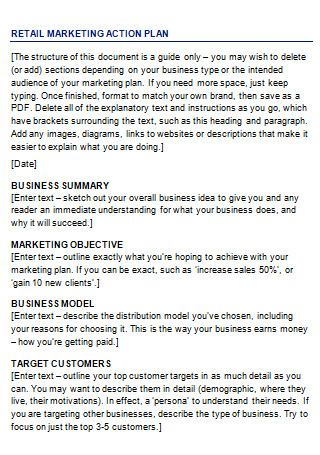
Editable Retail Marketing Plan
download now -

Retail Company Marketing Plan
download now -
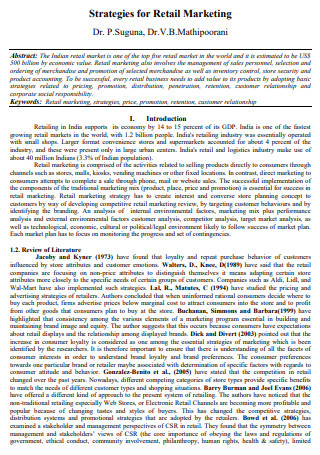
Retail Marketing Strategy Plan
download now -
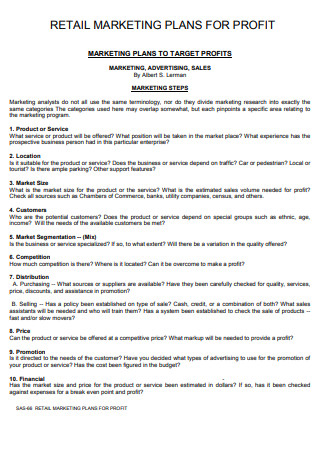
Retail Marketing Plan for Profit
download now
FREE Retail Marketing Plan for Profit s to Download
12+ SAMPLE Retail Marketing Plan for Profit
a Retail Marketing Plan?
Benefits of a Retail Marketing Plan
Functions of Marketing Management
How To Write a Retail Marketing Plan
FAQs
What do retail models entail?
What retail strategies exist?
What is a headline that grabs your attention?
What Is a Retail Marketing Plan?
A retail marketing plan utilizes marketing tools—whether digital or traditional—to drive customers into a store and purchase a product. This type of strategy is particularly advantageous for marketing ideas for small retail businesses that lack the reach of corporate juggernauts. In comparison to other kinds of marketing strategies, this one is focused on in-store purchases. As a result, a distinctive marketing strategy is required. According to research, Independent and privately held retail enterprises make for around 95% of the retail industry. Retail outlets are the industry’s face.
Benefits of a Retail Marketing Plan
Retail marketing occurs on the retail floor of the store. It can take the form of sales, sales associate recommendations and up-sells, interaction with specialized customer service professionals, and membership discounts or store cards. These techniques have something in common: they provide customers with exceptional service and values that encourage them to return. The goal of all retail marketing is to foster customer loyalty, which has some inherent benefits.
Functions of Marketing Management
Marketing is one of the most often used terms in business, but the average person often misunderstands it. The majority of people confuse it with sales or believe it is a superior function of selling. Occasionally, it is asserted that even a mediocre product may be marketed with effective marketing management. It is not the product that signifies but how it is sold that demonstrates the critical nature of this central department in every business. The marketing management functions are as follows:
Market Research
The first stage of every product’s development is market research, which determines the market’s future demand and growth expectations. Suppose the product category is already established, such as shoes, cooking oil, soap, or television. In that case, there will be a wealth of secondary data available from research agencies and the public domain. However, if the product or service is new, doing a sample market survey with the assistance of a qualified firm makes sense. In many instances, a more extensive term – marketing research – is used. This can be used to ascertain buyer attitudes, market size potential, customer preferences, acceptable price, and product features and qualities.
Product Development and Management
Aftermarket research has resulted in the evolution of a product’s or service’s specifications, the following step in the marketing management process is product development. Obtaining the appropriate raw materials, dies, fabrication, prototyping, and other functions are all aspects that must be worked out with the production planning. The progress of a product is contingent upon the availability of raw materials, technological expertise, and effective inventory management. According to experts, the product life cycle is becoming shorter due to rapid technological advancements and the increased availability of raw materials.
Promotion
A good product will not sell unless consumers become aware of it. With the advancement of marketing management technology, marketers now have access to greater possibilities. The first step in the procedure is to select a media planner and a platform mix that is appropriate for announcing the product’s debut. With some work and assistance from public relations firms, some coverage for the launch can be acquired in business newspapers and business sections of newspapers. A product might also anticipate gaining some strength from word-of-mouth publicity, but this will occur after the product has achieved considerable market penetration through traditional publicity methods.
Sales and Distribution
The corporation conducted market research, determined the required product, and proceeded with production planning, prototype testing, advertising and promotion, and marketing management trials. The critical stage of the business process is now sales and distribution. The products must be distributed to the intended markets via a well-planned distribution network comprised of national distributors, clearing and forwarding agencies, regional distributors, wholesalers, and retailers. This is a critical marketing management job since consumers must be able to purchase and consume the goods. Often, due to a lack of prepared management, products do not reach store shelves. Still, enough advertising generates demand among consumers, who are disappointed when the product is not instantly available.
Storage
Proper storage is critical for perishable and semi-perishable commodities, processed foods, and customer durables, but only to a lesser amount for industrial goods. It is essential for distribution centers to have sufficient warehousing space available for lease and to meet emergency requirements for supply to retail outlets.
Testing
The manufactured items must meet regulatory standards for safety, environmental effect, raw material quality, design, and other parameters. Although this is a function of the production and technical teams, adhering to such criteria is critical. Additionally, the marketing management team must ensure that items are tested and assessed regularly based on consumer input to make necessary adjustments.
How To Write a Retail Marketing Plan
In today’s high-tech environment, developing an effective retail marketing plan requires engaging shoppers and establishing client loyalty, not only getting them to buy once and never again. Writing your retail strategy entails examining various aspects that significantly impact your store. Keep your business goals in mind as you design your plan to ensure that you stay on pace to reach your overall retail goals.
Step 1: Establish your positioning.
Identifying how your store differentiates itself from competitors is a critical component of developing your marketing plan. To begin drafting your positioning statement, consider your market positionings, such as selling premium or inexpensive products. Before writing this part, you may wish to speak with or conduct a survey using survey forms of consumers to ascertain their perceptions of your store.
Step 2: Determine the target market.
Consider the demographics of your store’s customers, including their age, location, average spending amount, and how they learned about your business. These facts assist you in determining the most effective methods of marketing to shoppers. For example, you may choose to employ mobile ads to reach younger customers while using direct mail and print ads to get an older population that does not yet rely on the Internet to conduct product research.
Step 3: Ascertain benefits.
Determine why people shop at your store to determine the marketing message you should convey to prospective customers. Several factors may contribute to this, including the sorts, varieties, and brands of products you offer. Alternatively, shoppers may visit your business due to the mood created by indirect lighting, informative displays, and the merchandising techniques you employ to display products. If you constantly launch new products or update your merchandising displays, this may be another reason customers visit your business.
Step 4: Decide on tactics.
The promotional strategies you use to attract customers and build customer loyalty are determined by whether customers rely on the Internet or other promotional efforts to learn about the products and services offered by your store. If you want to appeal to a diverse range of target markets, a combination of digital and traditional promotional approaches works best. According to Forbes, these approaches should involve developing a website and optimizing it so that potential customers may discover more about your store via Internet searches. Additionally, advertising in local periodicals and direct mail is used to reach specific target areas with promotional offers.
Step 5: Establish a budget and a schedule.
Setting a budget to pay for your marketing responsibilities is essential for developing an efficient marketing plan. According to the Small Business Administration, if your store generates less than $5 million in yearly revenue, you should allocate 7 to 8% of your predicted income to marketing. Finally, get an annual calendar and write down each week’s marketing activities and who is responsible for ensuring that they are carried out so that your store benefits from your retail marketing strategy.
FAQs
What do retail models entail?
A retail business model explains how a retailer generates value for its consumers and appropriates market value. Additionally, we discuss the factors that influence business model innovation, the possible implications of such innovations, and numerous instances from retail practice that illustrate our concepts and arguments.
What retail strategies exist?
A retail strategy is a method you employ to create and sell your items or services to clients. This strategy includes location, store, merchandise, visual merchandising, service, mass media, communications, and price.
What is a headline that grabs your attention?
A compelling headline is critical for drawing the reader’s attention to an article, advertising, or social media post. A headline should be carefully crafted to capture the reader’s attention and pique their interest in what follows.
Businesses employ marketing tactics to help them make better short- and long-term decisions. Companies should respond to specific business shocks, mainly external ones such as rapid technological development. Additionally, businesses can alter their marketing strategy regularly to ensure they remain relevant in today’s business environment. We hope you’ve enjoyed perusing our selection of retail marketing plan templates for your own retail business. As previously stated, retail is a highly profitable industry nowadays, and you can earn money just by selling any retail product. Before beginning your firm, create a retail marketing strategy.
